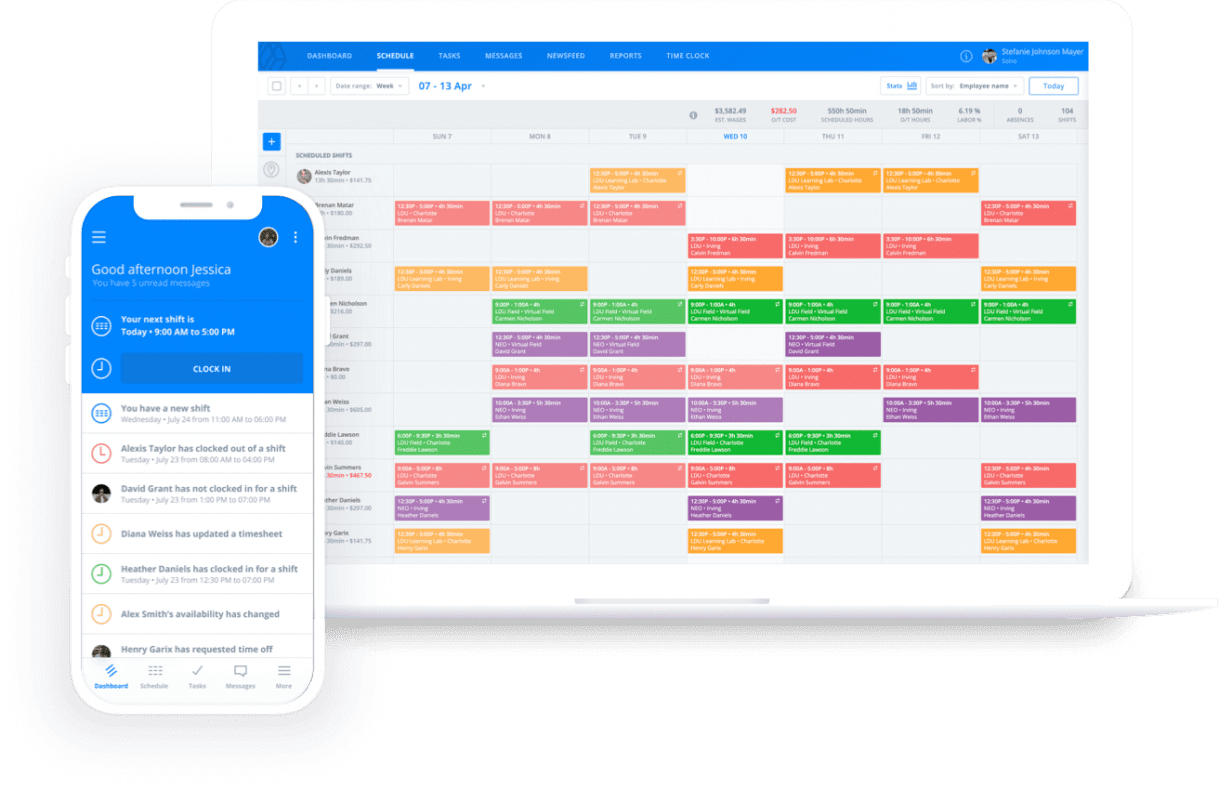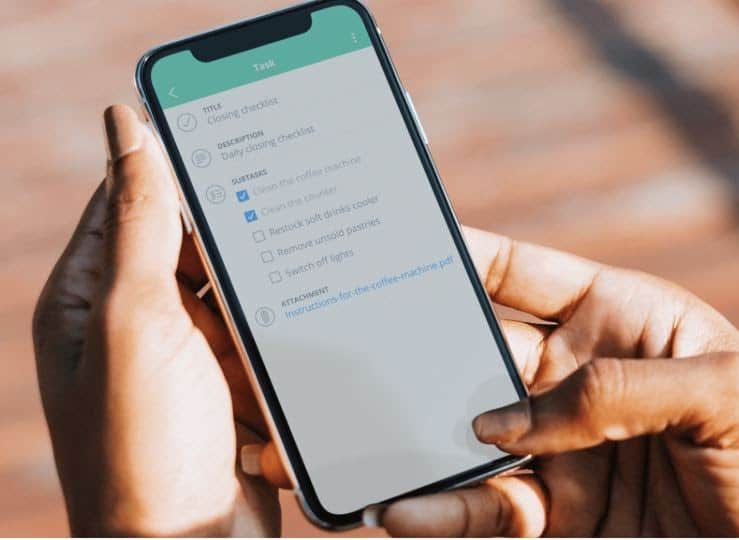How To Give Helpful And Effective Interview Feedback To Candidates
In this article, the workforce-management experts at Sling discuss the importanc...

Employee feedback is a powerful tool for building a strong team, improving employee engagement, and making your business a success.
But many managers neglect this important practice for more tangible aspects of their workflow. Other managers understand the value of employee feedback but don’t know how to deliver it so that team members thrive.
In this article, the experts at Sling show you why feedback is essential and provide tips for making yours better.

When you provide consistent and honest feedback, you build your employee’s confidence in their own abilities. That confidence translates into improved productivity in all aspects of their work.
Employee engagement is a nebulous quality that many managers find difficult to cultivate. So, instead of trying to handle it directly, focus on providing regular feedback.
When you take the time to highlight employees’ strengths and help them improve their weaknesses, their job engagement will increase naturally as a result.
Employees that are productive in their jobs and feel engaged in the tasks that you assign them — thanks to effective employee feedback — are less likely to become disgruntled and leave for another job.
A happy business is a profitable business. Feedback that makes your employees feel good about themselves and encourages them to improve contributes directly to profitability — in both time and money.

Most businesses schedule a mid-year review every six months. Others conduct employee evaluations or performance reviews more frequently (e.g., every three or four months).
But you don’t have to wait for those formal events. You can give employee feedback anytime. For example, take a few moments to commend your team or an individual when they:
Giving feedback doesn’t have to be a major event; even a few minutes of praise and one or two points on how to improve goes a long way toward making your employees feel more confident about their jobs.

When your feedback is too general, you leave your employees confused about where they need to improve. Make your feedback specific and to the point to remove this potential for confusion.
For example, don’t say, “You need to improve your reports.” That’s too general.
Instead, say something like, “We’ve gleaned some valuable insights from your KPI reports. I’d like you to increase the number of KPIs you include so that we have a complete view of the situation.”
When delivering employee feedback, sandwich one or two opportunities for improvement between positive commendations.
Start with a few positive pieces of feedback, move to performance aspects that the employee needs to work on, and then end with more positive encouragement. That way, their weaknesses don’t overshadow their strengths.
Resist the urge to allow personality traits to overshadow behavior when delivering employee feedback. Instead, focus on performance so that your employees don’t take offense and they know exactly what they need to do to improve.
Here’s an example. One team member has a tendency to interrupt others during meetings.
You could focus on the personality trait by saying, “Your ego is offending others on the team.” But that feels like an attack on the person directly.
Instead, focus on the specific behavior. You might say, “When you interrupt your teammates during meetings, it causes problems.”
For more insight on what to say and not say, take a few moments to read our article Performance Appraisal Phrases: 200 Helpful Phrases For Employee Performance Reviews.
When thinking about your employee feedback, be sure to include individual effort in your comments. It’s all too easy to put the performance of the team ahead of the contributions one person made.
So even though the team performance may not have been up to your expectations, take the time to recognize individual effort in your feedback.
Whenever possible, avoid criticizing an individual employee in public (e.g., during a team meeting). Even positive feedback in front of others may be too much for some to handle.
Instead, schedule a one-on-one meeting with each member of the team to give them the feedback they need.

Employee feedback is a powerful tool for improving the way your employees work. But more than that, regular employee feedback forges a strong employee/employer relationship.
It’s that relationship that can motivate your team to do their best even during the most difficult project.
But if you don’t make communication and feedback a priority in your workflow, finding time for a quarterly review, a six-month job appraisal, or even a quick compliment can be difficult.
That’s where Sling can help. Our software suite of workforce management and optimization tools makes it easy to schedule essential employee feedback, organize shift schedules, and even track work hours.
And that’s just the tip of the Sling iceberg. The Sling app also helps you:
The on-board artificial intelligence (A.I.) even keeps track of time-off requests, work preferences, and other employee information.
If you double-book an employee or schedule them for a time they can’t work, the Sling A.I. will notify you and prompt you to make the necessary change.

Regardless of the industry, Sling can keep you and your team members stay organized and focused on the project at hand. That will translate to more positive employee feedback throughout the year.
Experience the myriad ways the Sling app can improve the way your business operates by signing up for a free trial today.
For more free resources to help you manage your business better, organize and schedule your team, and track and calculate labor costs, visit GetSling.com today.
See Here For Last Updated Dates: Link
This content is for informational purposes and is not intended as legal, tax, HR, or any other professional advice. Please contact an attorney or other professional for specific advice.
Schedule faster, communicate better, get things done.